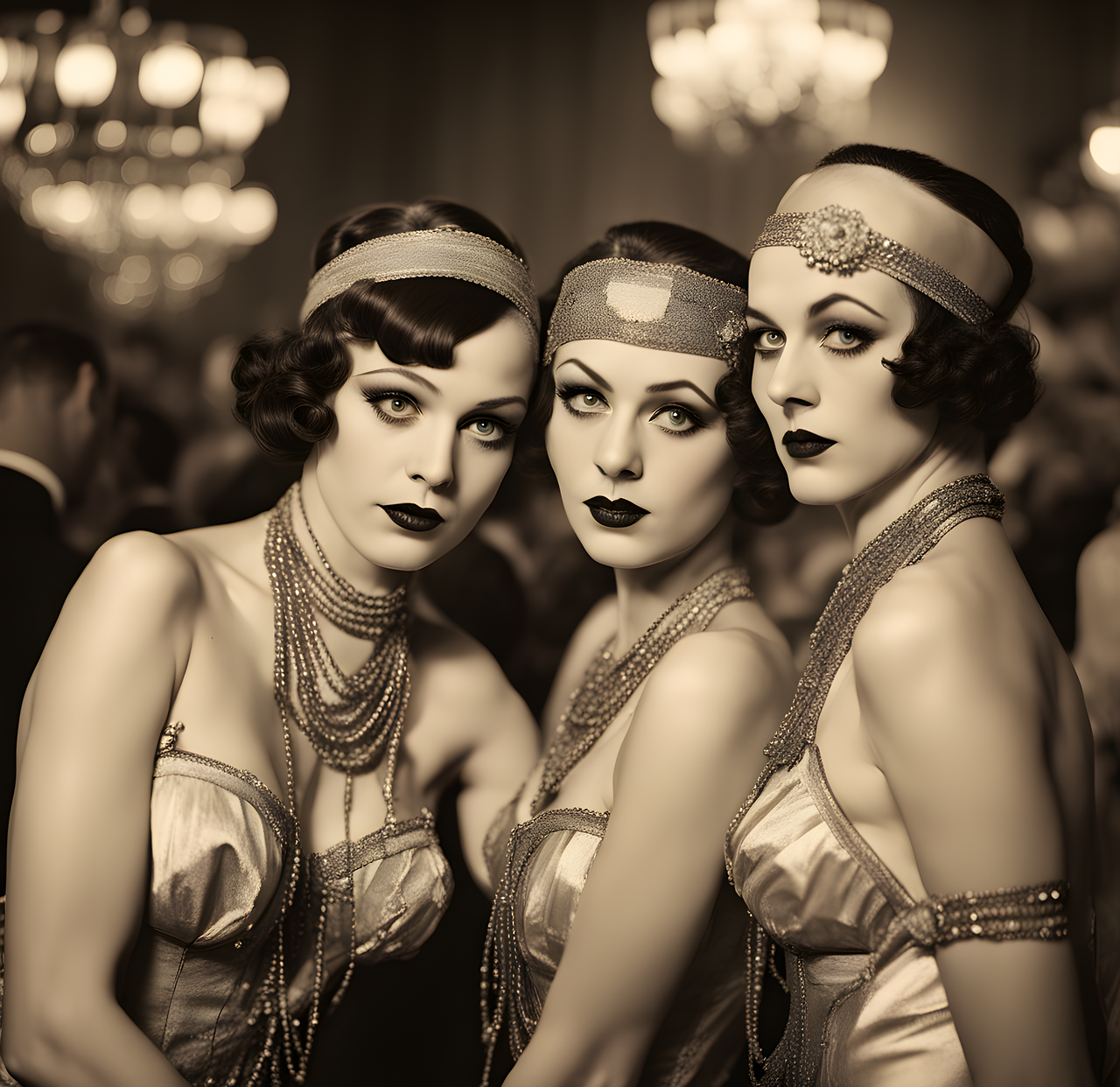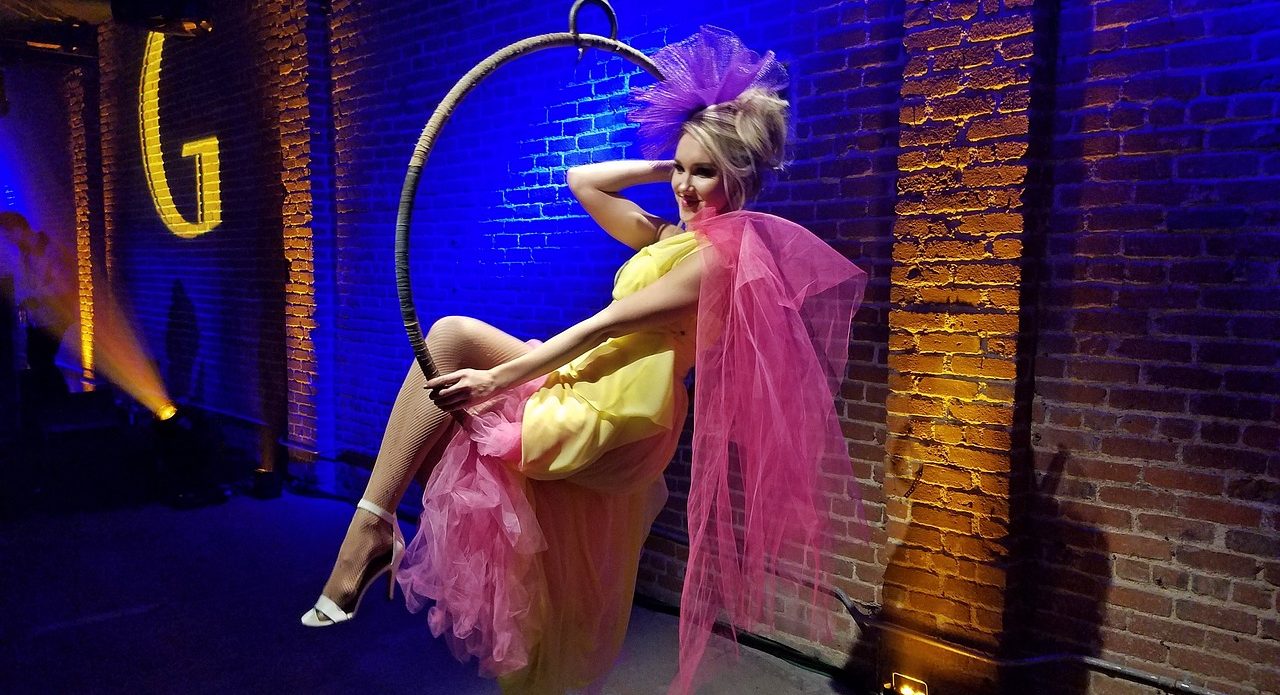
Burlesque has influences from vaudeville, music hall and cabaret.
Burlesque is a word that is not part of the dictionary of the Royal Spanish Academy ( RAE ). The concept, however, is used in our language to refer to a work or show that is responsible for ridiculing a certain topic.
Emerging as a literary subgenre, today burlesque is associated with variety theater . These are parody works that present influences from cabaret , music hall and vaudeville and whose contents are usually charged with eroticism .
The etymology
Regarding the etymology of the term, we can say that it comes from the Italian language, where the meaning of its family alludes to the concept of "joke" . The genre called burlesque, particularly the dramatic one belonging to the Victorian era, was often known by the names travesty (not to be confused with the Spanish word travesti ) and extravaganza .
These last two terms represent comedy genres that have many elements in common with burlesque, although they also have their differences. It should be noted that the word transvestite can be applied to any area of burlesque, whether dramatic, musical or literary. It is a less elaborate version of burlesque, which modifies the subject until it becomes absolutely ridiculous and hilarious. For its part, extravaganza is a free form of this genre, both literary and dramatic, which is generally associated with "the spectacular." This clash between seriousness and comedy continues to be effective even today.

Burlesque is part of variety theater.
History of literary burlesque
Literary burlesque was born in the 16th century as a derivative of comedy . His works were oriented towards satire , ridiculing serious issues or granting legitimacy to socially condemned topics.
In this area, the term burlesque appeared for the first time in the title "Burlesque Works" , by Francesco Berni , who created a concept and a genre unprecedented in literature , with the aforementioned characteristics. One of the writers who adopted this genre was Miguel de Cervantes , although there were several poets and storytellers who welcomed him with open arms to explore new facets of their creativity; In works such as "Don Quixote de la Mancha" and "Novela exemplales" we can see a clear ridicule of the epic character and medieval romance.
Between 1600 and 1750, literary burlesque was one of the prominent genres of the Baroque . Thanks to techniques such as defamation, parody and the comic-heroic, these works intentionally achieved ridicule. Within this genre two subgenres can be distinguished: high and low burlesque. The former was used to create a context in which a comical and inappropriate topic was taken seriously, while the latter ridiculed something considered serious and worthy of respect.
A musical proposal
In the 19th and 20th centuries, musical burlesque emerged, a qualification that cheerful operettas received. In the first decades of the 19th century, Victorian burlesque also began to develop, already linked to variety theater .
Years later this type of burlesque was consolidated into the so-called American burlesque . Their presentations included humorous numbers ( sketches ), sensual dancers ( stripteases ) and phenomena (which in English are called freaks ).
Burlesque as a title
“Burlesque” o “Burlesque in D minor”, por otra parte, es el qualification de una pieza musical de Richard Strauss para piano y orquesta. Fue compuesta en 1886 y estrenada en 1890.
“Burlesque” , finally, is a 2010 film starring Christina Aguilera and directed by Steve Antin . The film won a Golden Globe for Best Original Song and grossed more than $112 million worldwide. Its soundtrack was also a success.
